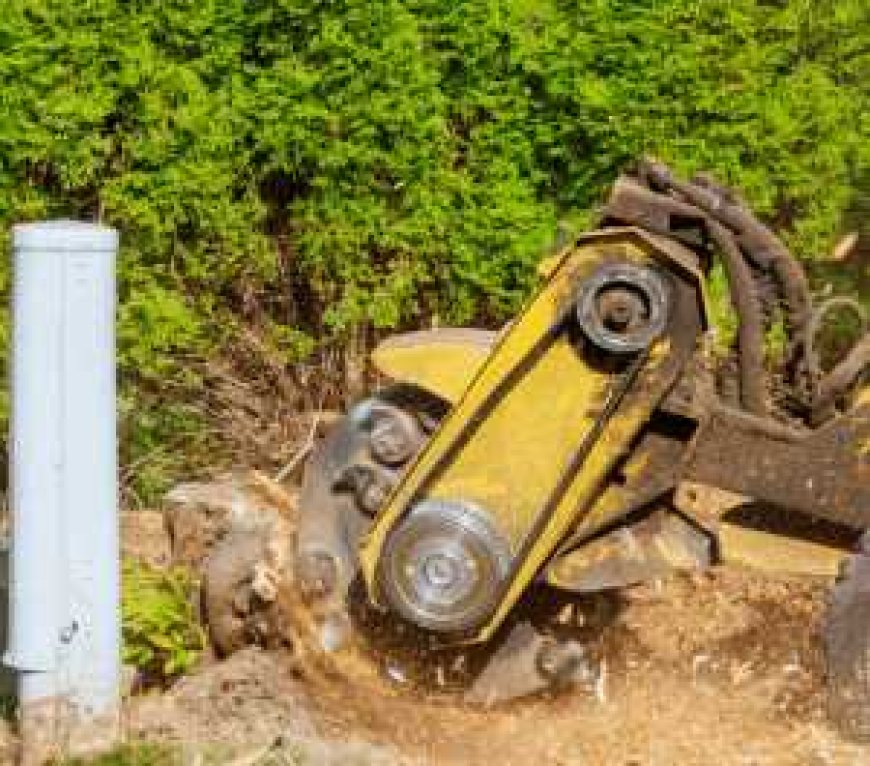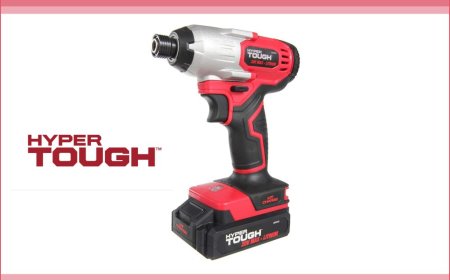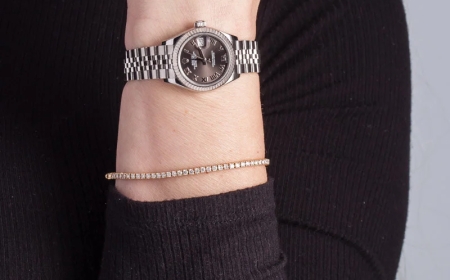The Ultimate Guide to Stump Grinding: Everything You Need to Know
Stump grinding is the fast, efficient, and eco-friendly way to take care of tree stumps without tearing up your yard. Whether you DIY or call in the pros, just make sure you do it right—and safely. Your lawn (and your ankles) will thank you.

So, youve finally removed that big old tree from your yardbut now youre left with an awkward, stubborn stump. Not only is it ugly, but its also in the way. Thats where stump grinding comes in.
Lets break down everything you need to know about getting rid of that pesky stump the smart way.
? What Is Stump Grinding?
Definition and Overview
Stump grinding is the process of using a machine with a spinning cutting disc to chip away the wood of a tree stump down below ground level. Unlike full removal, which yanks the entire root system out, grinding simply turns the stump into mulch.
How It Differs from Stump Removal
-
Stump Grinding: Faster, less invasive, leaves roots in the ground.
-
Stump Removal: More labor-intensive, removes roots, leaves a large hole.
? Why You Should Remove a Tree Stump
Safety Hazards
Stumps are tripping hazardsespecially if hidden by grass or leaves.
Pest Attraction
Rotting stumps attract termites, beetles, and even fungi that can spread to healthy trees.
Interference with Lawn Care
You cant mow over it, edge around it, or plant easily near it.
Aesthetic Appeal
Lets be honesta stump doesnt exactly add to your curb appeal.
?? The Stump Grinding Process
Step 1 Inspecting the Stump
Check the size, hardness, and proximity to structures or utilities.
Step 2 Preparing the Area
Clear debris, rocks, and objects around the stump. Mark any nearby pipes or wires.
Step 3 Using a Stump Grinder
Position the grinder over the stump and move it side to side to shave it down. You usually grind 46 inches below the soil.
Step 4 Cleaning Up
Youll be left with a pile of wood chipsperfect for mulch or composting.
? Tools and Equipment Needed
Stump Grinder Types
-
Handheld: For small stumps
-
Walk-behind: For medium stumps
-
Tow-behind: Powerful, requires a truck
-
Tracked Machines: For professionals, best for large or hard-to-reach stumps
Safety Gear
-
Eye protection
-
Gloves
-
Hearing protection
-
Sturdy boots
Optional Tools for Aftercare
-
Rake
-
Shovel
-
Soil and grass seed for replanting
? DIY vs. Hiring a Pro
Pros and Cons of DIY
Pros:
-
Cheaper for small jobs
-
Flexible timing
Cons:
-
Risky if youre inexperienced
-
Requires renting and hauling heavy equipment
When to Call in a Pro
-
Stumps near homes, fences, or utilities
-
Very large or hardwood stumps
-
You dont want the hassle
Cost Comparison
-
DIY Rental: $100$200/day
-
Professional Service: $150$500 per stump, depending on size and access
? How Much Does Stump Grinding Cost?
Factors That Influence Price
-
Size of stump Bigger means more grinding time
-
Wood hardness Hardwoods take longer
-
Location Hard-to-reach spots cost more
Average Cost Ranges
-
Small stump: $75$150
-
Medium stump: $150$300
-
Large stump: $300$600+
-
Multiple stumps: Often discounted per stump
? What Happens After the Stump Is Ground?
Whats Left Behind
Mostly mulch and fine wood chips. No massive hole like stump removal would leave.
What You Can Do With the Wood Chips
-
Use as mulch in flower beds
-
Compost for garden use
-
Spread over the hole to level your lawn
Replanting in the Same Spot
You can replant, but wait a few months for decomposition and soil improvement.
? Common Mistakes to Avoid
Skipping Safety Gear
Always wear protective equipment. Stump grinders are no joke.
Not Grinding Deep Enough
Going too shallow means roots might sprout new growth.
Ignoring Underground Utilities
Call before you dig. You do not want to hit a gas or water line.
? Environmental Benefits of Stump Grinding
-
Reduces pest infestation risks
-
Promotes healthy regrowth in your yard
-
Recycles the stump into usable mulch
-
Prevents soil erosion caused by decaying stumps
? Conclusion
Stump grinding is the fast, efficient, and eco-friendly way to take care of tree stumps without tearing up your yard. Whether you DIY or call in the pros, just make sure you do it rightand safely. Your lawn (and your ankles) will thank you.
? FAQs
1. How deep should a stump be ground?
Typically 46 inches below ground, but deeper if replanting is planned.
2. Can roots regrow after grinding?
Usually no, but some tree species may send up shoots. Mulch or remove shoots early.
3. Is stump grinding messy?
Yes, but cleanup is easyjust rake the chips into a pile or use them as mulch.
4. Can I rent a stump grinder?
Yes, most equipment rental companies offer them. Be sure you can handle the weight and power.
5. How soon can I plant grass after stump grinding?
Wait a few weeks for the soil to settle, then level, add topsoil, and seed.








































